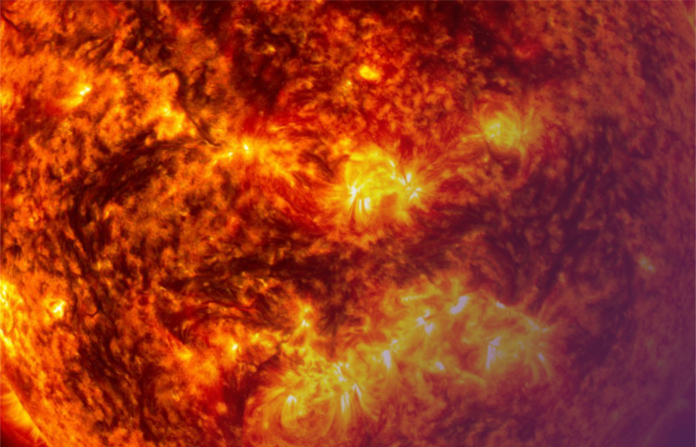On April 17, 2021, the Sun released solar energetic particles (SEPs) at incredible speeds at Earth and surrounding spacecraft. This remarkable event, the first time five satellites in separate sections of the inner solar system witnessed high-speed ions and electrons, presented many viewpoints on the solar outburst.
Nina Dresing of the University of Turku in Finland led a team of scientists who analysed spacecraft data and found that potentially deadly SEPs were blasted into space by the same solar event in different directions. These particles damage technology and human health, with serious effects.
SEPs can damage satellites, disrupt GPS, and endanger astronauts and polar-route aeroplane passengers during intense SEP events. As technology use rises, understanding how these particles originate and operate is essential for preventative actions.
BepiColombo, Parker Solar Probe, Solar Orbiter, STEREO-A, SOHO, Wind, MAVEN, and Mars Express observed electron and proton patterns near the Sun that revealed the solar storm’s origins and acceleration mechanisms.
The scientists found that electrons entered space quickly after the initial solar flare, while protons migrated slowly due to shock reverberations from the coronal mass ejection. This groundbreaking observation confirmed that electrons and protons have different acceleration driving forces and allowed us to fully explore new areas.
The solar event’s four radio burst groups went in four directions, expanding its reach. This discovery emphasises the need for a multifaceted strategy to solve the cosmic event puzzle. NASA’s Geospace Dynamics Constellation, SunRISE, PUNCH, and HelioSwarm heliophysics missions will advance heliosphere research. This discovery allows prospective missions like MUSE, IMAP, and ESCAPADE to research solar events and particle acceleration, filling gaps in our solar system knowledge.



